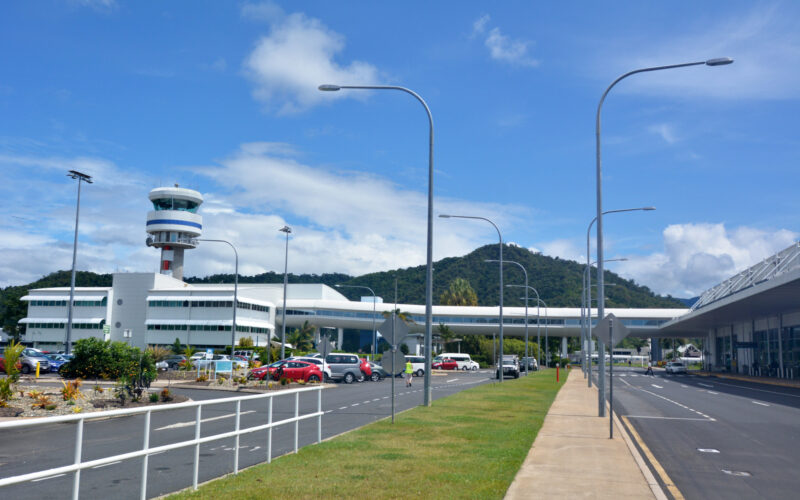Australian air safety investigators have recommended workplace safety reforms after a Brisbane air traffic controller, who was managing Cairns Terminal Control Unit (TCU), was found asleep at his desk while working the night shift.
In a safety report into the incident, published on September 3, 2024, the Australian Transport Safety Bureau (ATSB) said the controller had worked their seventh night shift in nine days “and by the end of the block of shifts, had completed 10 night shifts in 12 days” with reduced rest periods.
According to the report, several factors “likely contributed to the controller falling asleep”.
“These included working multiple consecutive night shifts resulting in sleep debt, in combination with time of day and very low workload,” the report continued.
Additionally, the ATSB found that the “fatigue risks arising from the work schedule” were not properly identified and managed.
Although Airservices Australia’s fatigue assessment and control tool (FACT) can identify situations that could influence fatigue, the ATSB investigation found that the “fatigue risk assessment process was not effective” as supervisors were not identifying low workload as a fatigue hazard.
The investigation noted areas for improvement in work scheduling, fatigue risk management processes and risk controls.
Since the occurrence, Airservices Australia has increased the overall number of air traffic controllers available, including those based in the North Queensland group. The report said that the ATSB has noted “this positive action” and “will continue to monitor the anticipated increase in staffing numbers and provide website updates”.
The Airservices ATS Fatigue Safety Assurance Group has developed additional guidance and training on the fatigue risk assessment process, including information on how low traffic situations should be treated as a high fatigue risk, the report added.
How did the incident happen?
On December 8, 2022, an approach controller for the Cairns terminal control unit (TCU) was signed on to work a scheduled night shift between 22:00–06:00 local time at the Air Traffic Services Centre in Brisbane Centre, Queensland.
At around 05:15 local time on December 9, 2022, the night shift controller was found asleep “at the console” by the oncoming controller. They were found lying across two chairs with a blanket covering them.
The morning shift worker woke the controller and checked for any traffic in the airspace or alerts on the display. After ensuring there was no traffic in the area, control was handed over to the oncoming controller.
The night shift controller had been working at Airservices for about 10 years and had worked at the Cairns TCU for the previous three years. The worker held a valid medical certificate, which had no documented history of sleep disorders, and had not reported feeling fatigued prior to the shift, nor to the system supervisor while on duty.

